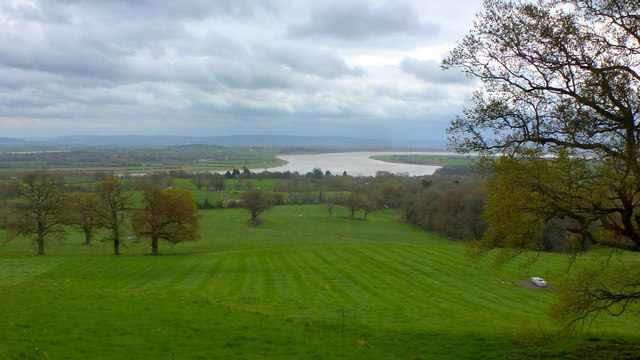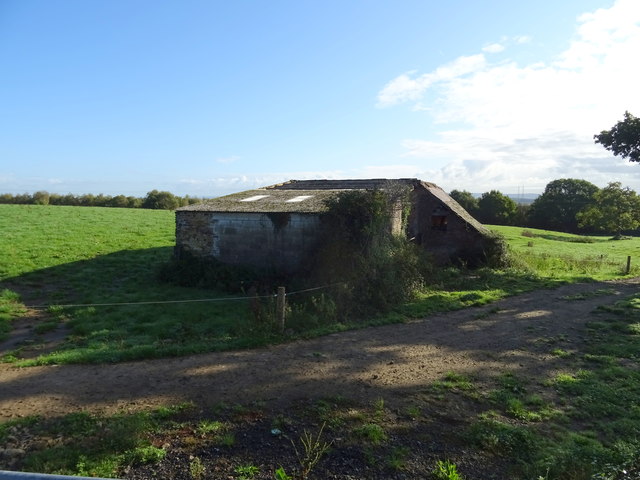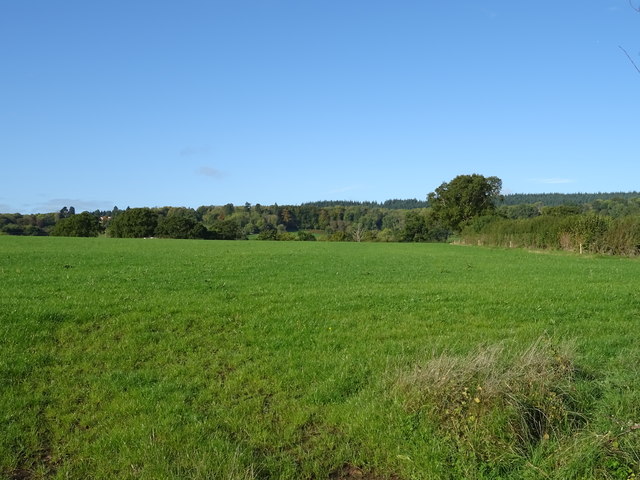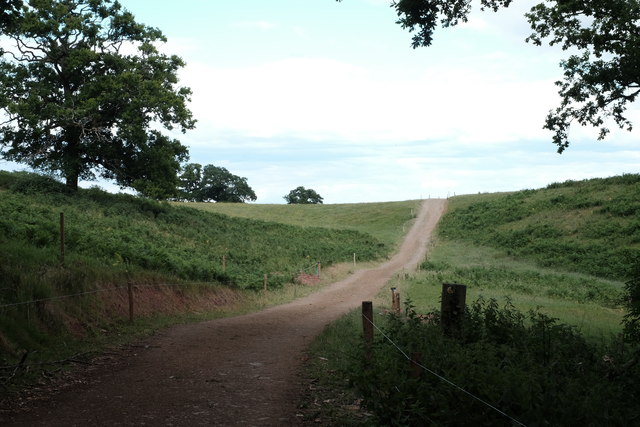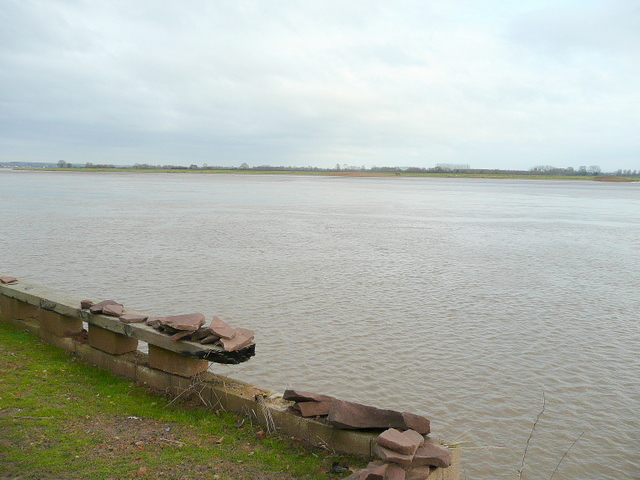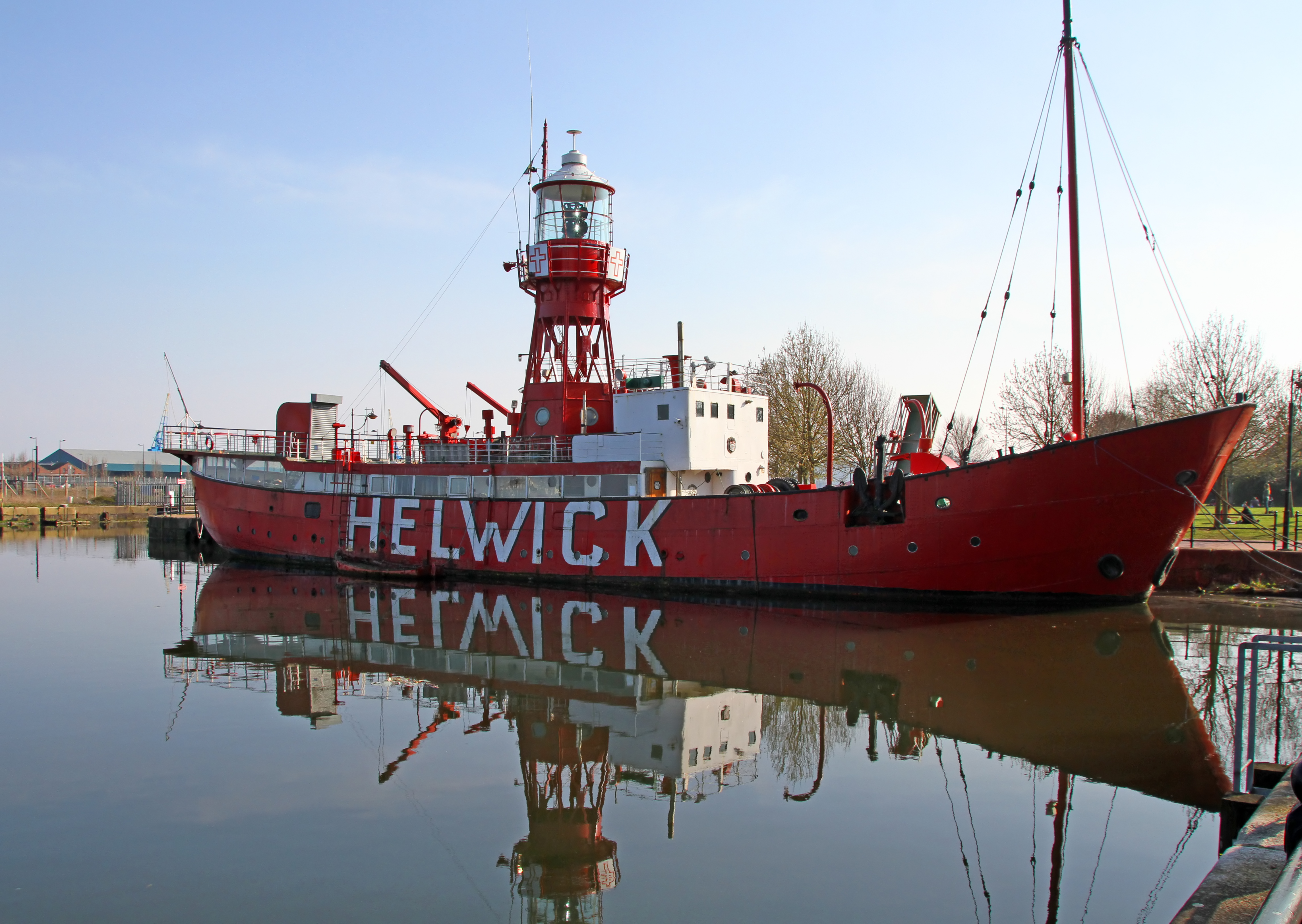Bennet's Grove
Wood, Forest in Gloucestershire Forest of Dean
England
Bennet's Grove
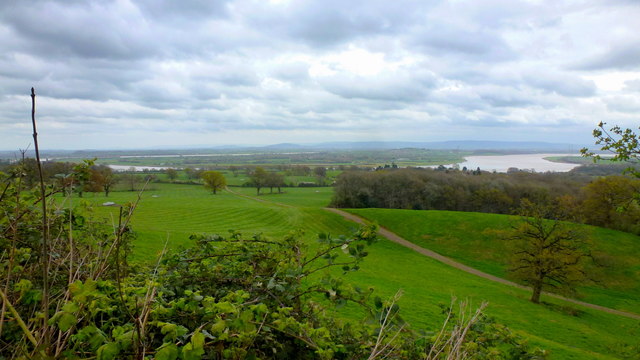
Bennet's Grove is a picturesque woodland located in Gloucestershire, England. Covering an area of approximately 50 acres, it is nestled in the heart of the county's enchanting Forest of Dean. The grove is renowned for its breathtaking natural beauty, offering a tranquil escape for locals and visitors alike.
As one enters Bennet's Grove, they are greeted by a dense canopy of mature trees, predominantly composed of oak and beech. The towering giants create a serene atmosphere, allowing visitors to immerse themselves in the peacefulness of nature. The woodland floor is blanketed with a vibrant carpet of ferns, wildflowers, and moss, adding to the grove's ethereal charm.
The grove is intersected by a meandering stream, which adds to the overall serenity of the location. The babbling brook is home to a variety of aquatic wildlife, including small fish and frogs, making it a delightful spot for nature enthusiasts to explore.
Bennet's Grove is also known for its diverse bird population, attracting avid birdwatchers throughout the year. The melodious songs of songbirds fill the air, providing a symphony of nature's music.
The grove offers several well-maintained walking trails, allowing visitors to explore its hidden treasures. These paths wind through the woodland, providing glimpses of ancient trees, enchanting glades, and secluded clearings, perfect for a peaceful picnic or a moment of solitude.
Bennet's Grove truly captures the essence of Gloucestershire's natural beauty, offering a sanctuary where visitors can connect with nature and escape the hustle and bustle of everyday life.
If you have any feedback on the listing, please let us know in the comments section below.
Bennet's Grove Images
Images are sourced within 2km of 51.779882/-2.4663342 or Grid Reference SO6709. Thanks to Geograph Open Source API. All images are credited.

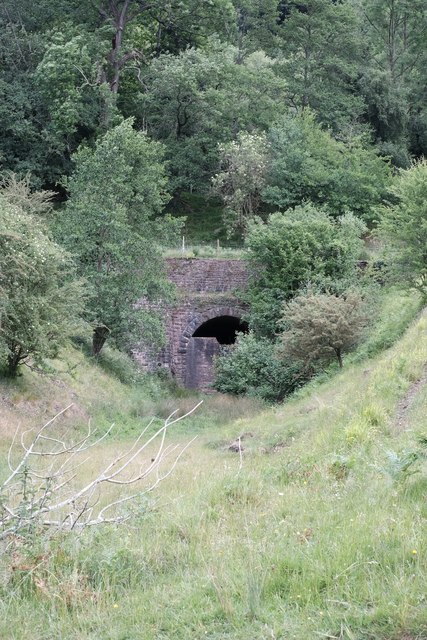
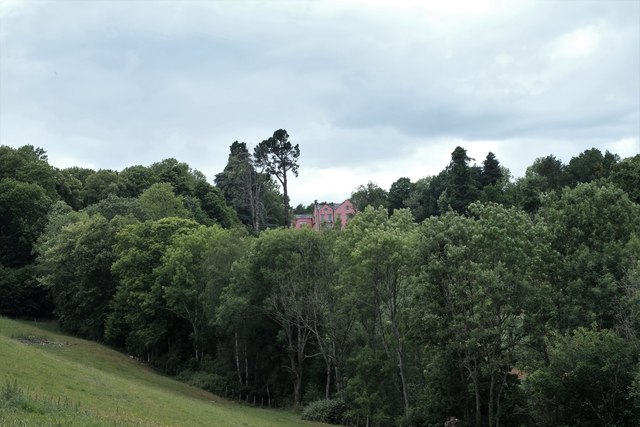

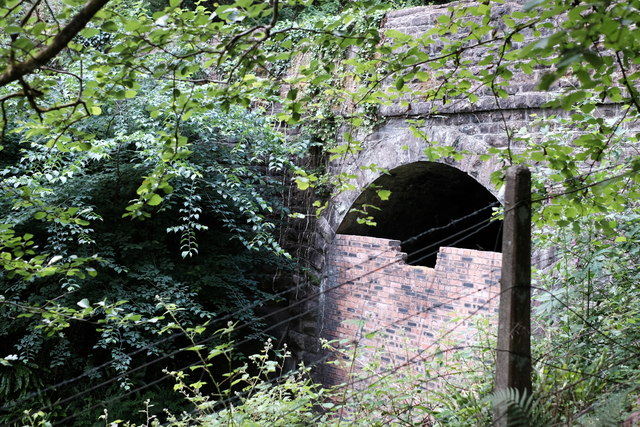


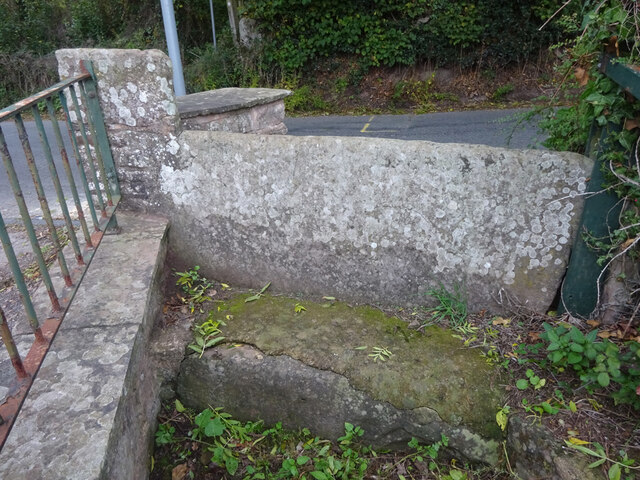
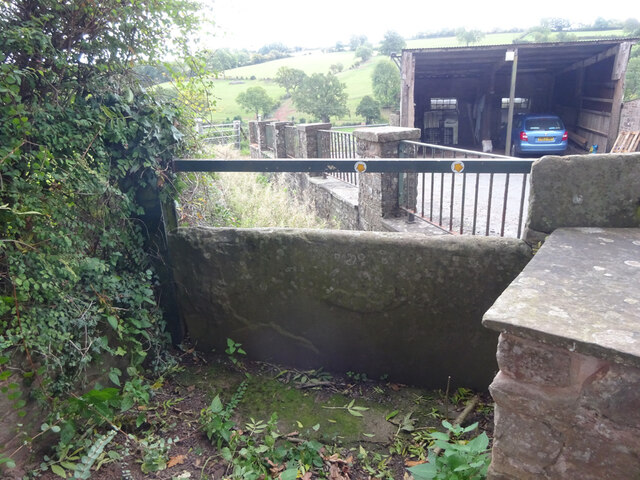
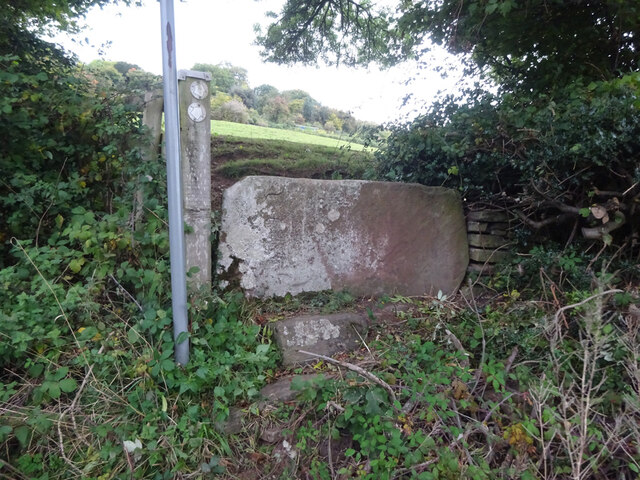
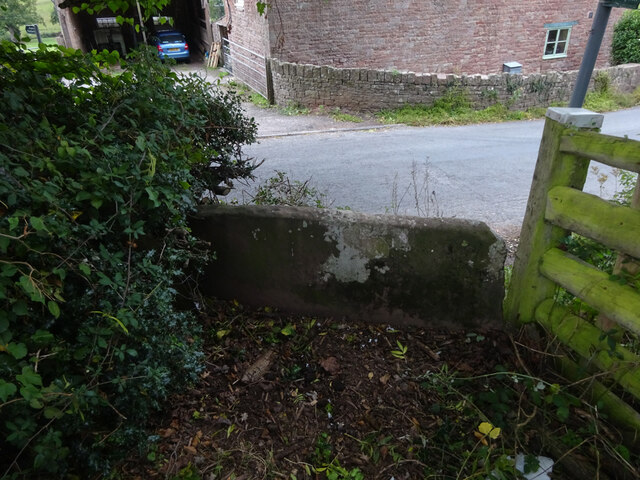
Bennet's Grove is located at Grid Ref: SO6709 (Lat: 51.779882, Lng: -2.4663342)
Administrative County: Gloucestershire
District: Forest of Dean
Police Authority: Gloucestershire
What 3 Words
///crusher.overused.packing. Near Cinderford, Gloucestershire
Nearby Locations
Related Wikis
Nearby Amenities
Located within 500m of 51.779882,-2.4663342Have you been to Bennet's Grove?
Leave your review of Bennet's Grove below (or comments, questions and feedback).
